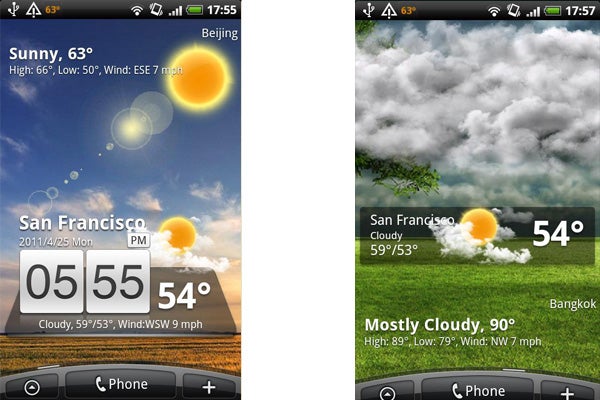Satellite Images Capture Huge Atmospheric River Sweeping Over Alaska and Canada
NASA’s Earth Observatory released some arresting images of the atmospheric river that swept through the Gulf of Alaska earlier this week.
The images show the river—an airborne corridor of moisture that carries with it large amounts of rain—stretching from the Pacific Ocean to the coasts of Alaska, British Columbia, and Yukon. According to NASA’s Global Hydrometeorology Resource Council, atmospheric rivers are greater than 1,245 miles (2,000 kilometers) long and less than 620 miles (1,000 km) wide. In other words, roughly a river shape, but in the air. The phenomenon often occurs in the extratropical north Pacific; last year, swaths of California were beset by extreme rainfall and snowstorms due to an atmospheric river.
However, this particular river was “uncommonly strong,” according to an Earth Observatory release. In the images, taken on September 22 by the Suomi NPP Satellite’s Visible Infrared Imaging Radiometer Suite, the river extends from the Pacific coastline far out to sea. In Bella Bella, British Columbia, between two to four inches of rain fell daily from September 21 to 24. Towns in southeast Alaska experienced similar amounts of rainfall.
Another image of the river was snapped on September 24 by NASA’s Earth Polychromatic Imaging Camera (or EPIC) on the Deep Space Climate Observatory satellite, known as DSCOVR. Taken about one million miles above Earth, the image clearly shows the river on an even larger scale than the featured top image.
Also in that image (in the bottom-right-hand corner) is Hurricane Helene—currently wreaking havoc from southern Florida through North Carolina—when it was still a tropical storm. Hurricane Helene made landfall as a Category 4 storm and is causing devastating flooding across the American southeast. The atmospheric river in the northwest is a Category 5—the highest tier on the scale—though its intensity was even higher before it made landfall.
Researchers at the University of California, San Diego’s Center for Western Weather and Water Extremes determined that the storm’s integrated water vapor transport (IVT), a measurement of atmospheric moisture content and wind speeds, were very high compared to other atmospheric rivers in the area over the past 23 years.
“The extremity of the Gulf of Alaska atmospheric river IVT is remarkable,” said Bin Guan, an atmospheric scientist at NASA’s Jet Propulsion Laboratory and the University of California, Los Angeles, in the same release. “This could be one of the conditions that potentially contributed to this exceptionally strong atmospheric river event.”
The atmospheric river did not cause significant flooding on the Pacific coast, according to a National Oceanic and Atmospheric Administration tool run by the Office of Water Prediction. The same could not be said for vast stretches of the southeastern United States—a patchwork of yellow, orange, red, and purple flood alerts as of midday Friday.

